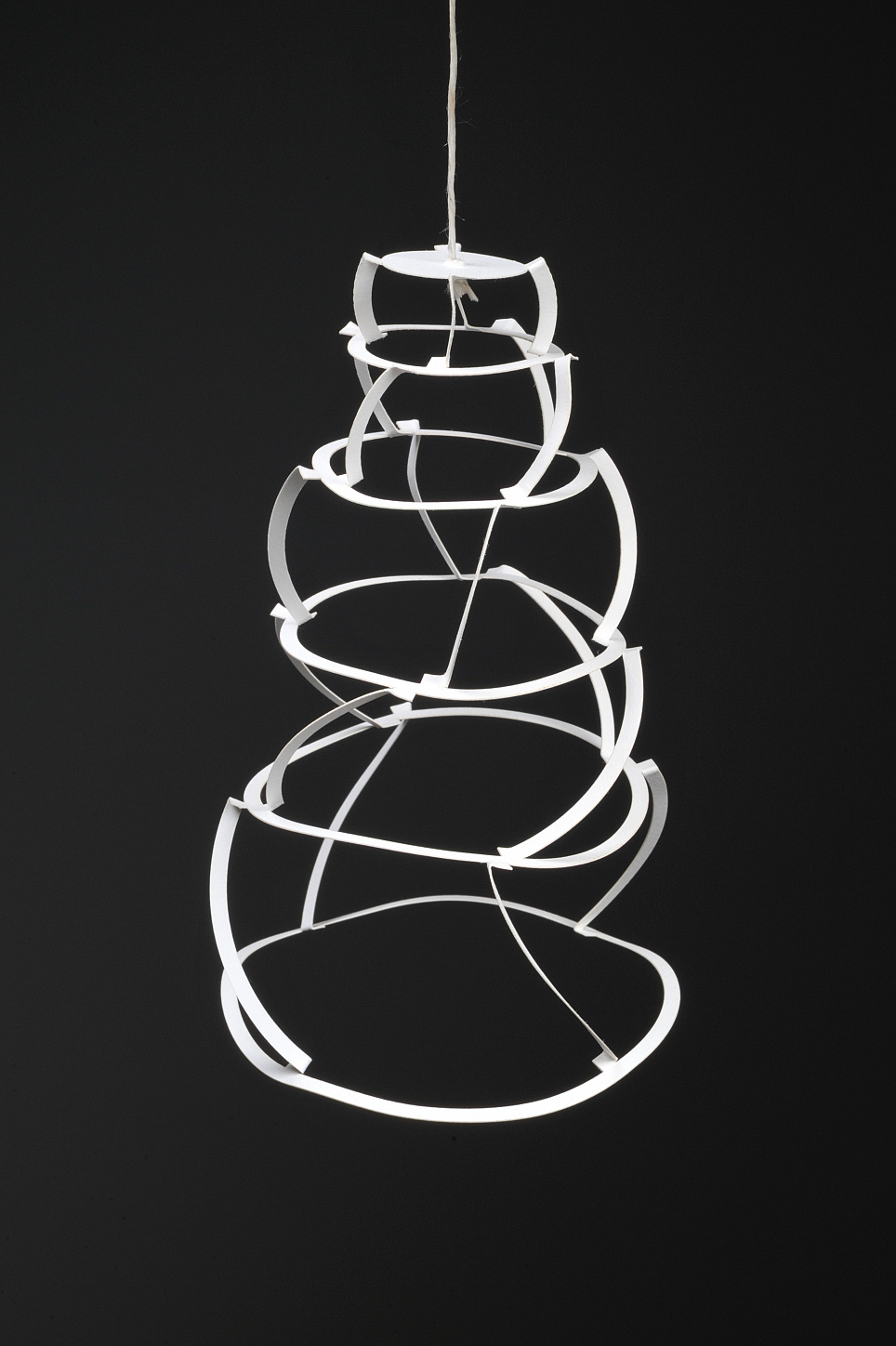The emphasis on material experimentation was reflected in the Vorkurs or “preliminary course,” where the fundamental principles of the Bauhaus were introduced: a corresponding emphasis on craft took root in the Bauhaus’s newly-established workshops. The German school was at the confluence of international ideas on modernism, including radical education reforms emphasizing the need to rethink the arts in order to establish the foundation of a new society. During the inter-war period, from 1919 to 1933, the Bauhaus served as an exceptional pedagogical experiment; the only institution in Europe to systematically enact the reformist agenda of the international modernist movement by formulating a radical art and design curriculum.
Through the unique opportunity presented by the 2019 Bauhaus centenary, in this exhibition the international project bauhaus imaginista discusses the Bauhaus in relation to art and/or design schools in India and Japan that were also putting radical ideas into pedagogical practice: The Kala Bhavana, Santiniketan (active since 1919) and the Tokyo-based Research Institute of Life Construction (later renamed the School of New Architecture and Design), active between 1931 and 1936. The relationship between these institutions and the Bauhaus is equally the result of serendipity, shared concerns, and direct influence. For example, the Bauhaus opened in April 1919 and that same year the Indian poet Rabindranath Tagore opened the Kala Bhavan art school as part of Santiniketan, a utopian religious community founded by his father in West Bengal, approximately one hundred miles north of Calcutta (today Kolkata). As in the early Bauhaus, Kala Bhavan drew inspiration both from local traditions as well as the British Arts and Crafts movement. In 1922, the Austrian art historian Stella Kramrisch, who taught classes at Kala Bhavan, wrote a letter to Bauhaus instructor Johannes Itten, where she suggested holding a Bauhaus exhibition in India—prompted, it is believed, by Tagore’s own journeys to Europe, in particular, Germany, which he had visited the previous year. The exchange of letters between the two instructors resulted in the first international Bauhaus show at the Indian Society of Oriental Art in Calcutta/Kolkata that December.





.jpg?w=96)